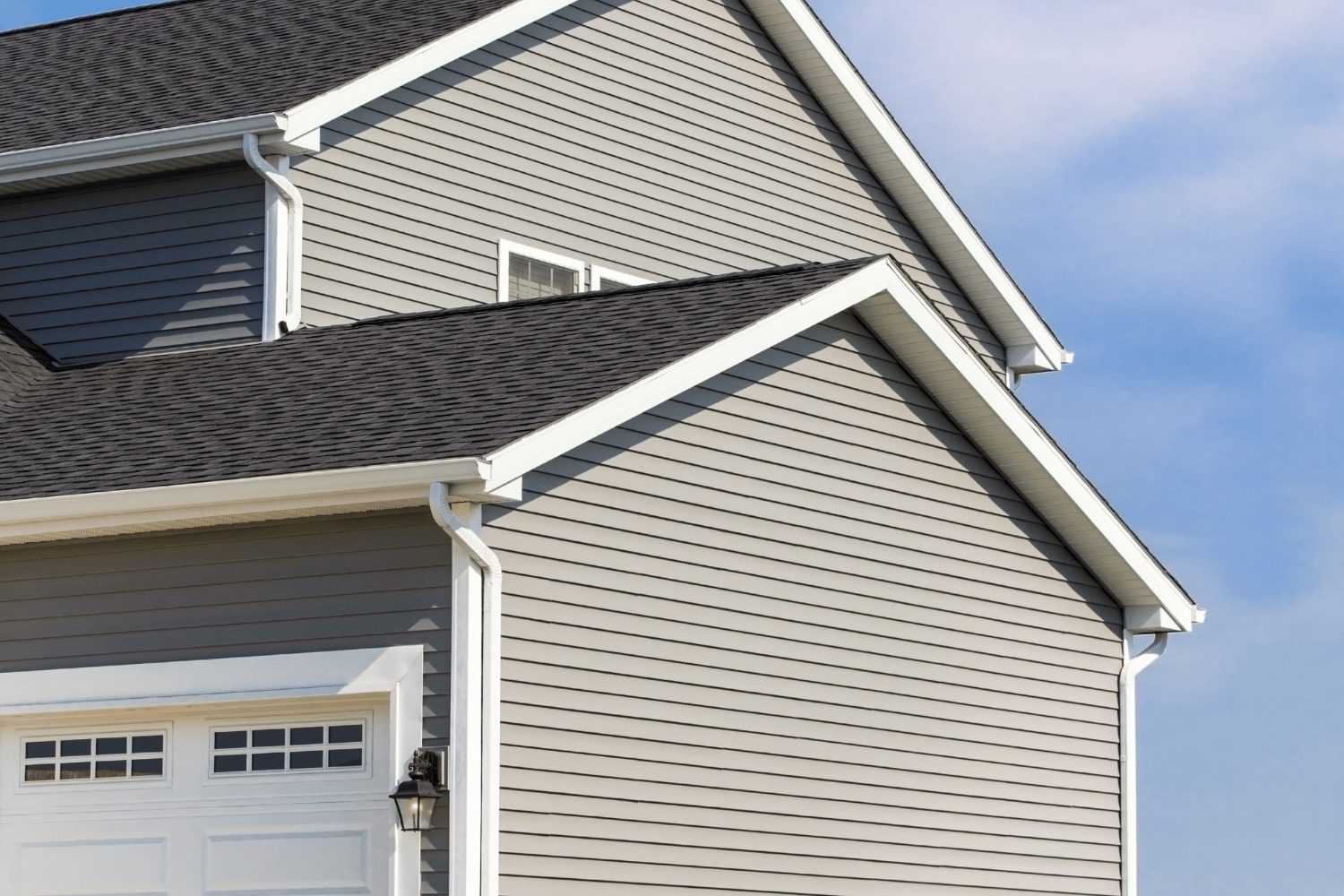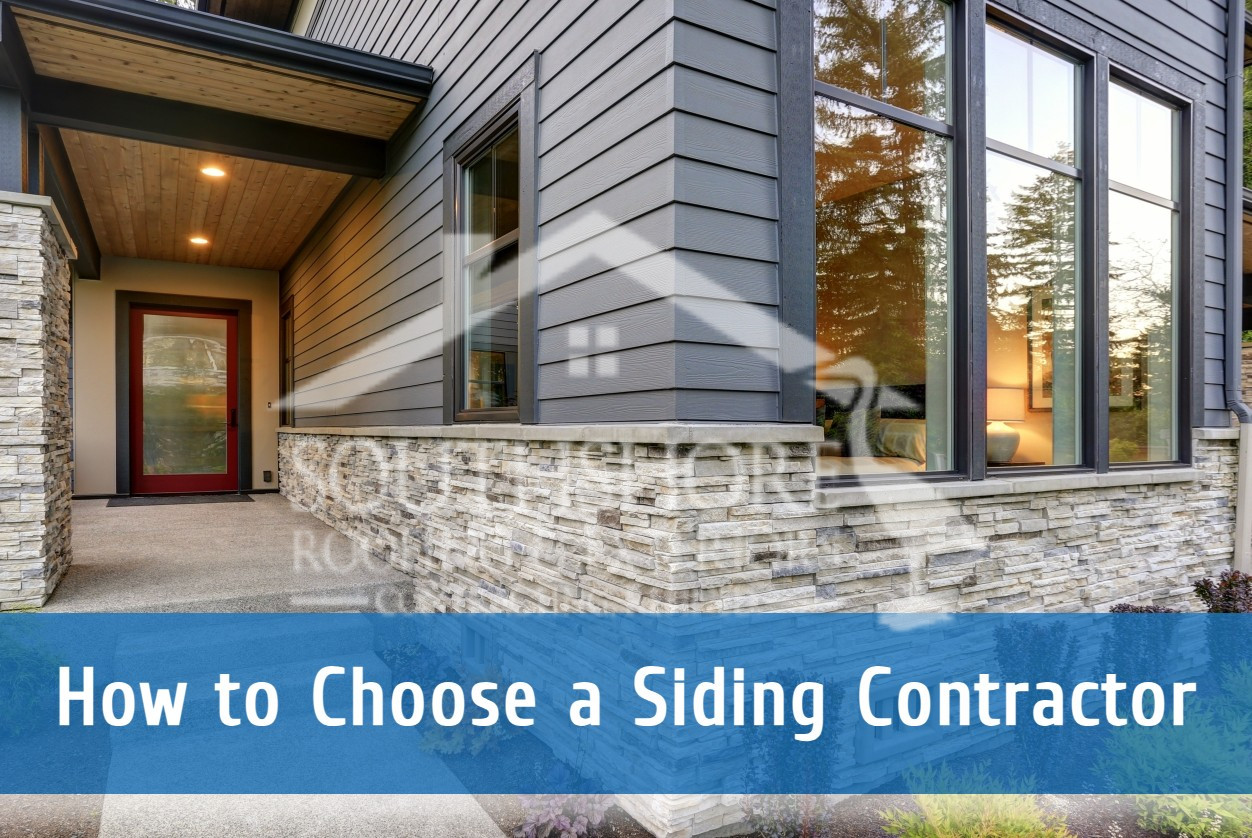Morris Siding Contractor Providing Energy-Efficient Home Exterior Installations
The Essential Guide to the Numerous Kinds of House Siding and Their Distinct Advantages
In the world of home enhancement, choosing the ideal exterior siding is a critical choice that influences both visual charm and practical efficiency. With so several alternatives to take into consideration, which siding product really stands out for your specific job?
Wood Exterior Siding
Wood siding, a preferred choice for domestic outsides, supplies a classic aesthetic that combines natural beauty with architectural stability. This exterior siding material is readily available in numerous styles, consisting of clapboard, tiles, and board-and-batten, enabling property owners to customize their appearance to match their style choices. Timber siding is generally crafted from sturdy types such as cedar, redwood, or yearn, which are recognized for their resilience and capacity to stand up to environmental stress factors.
One of the key benefits of timber home siding is its excellent insulation homes, which can add to power effectiveness and lower home heating costs. Furthermore, timber home siding is biodegradable, making it an eco friendly alternative when sourced sustainably. Regular maintenance, consisting of painting or discoloration, can extend its lifespan and improve its look, enabling home owners to preserve the natural appeal of the wood.
However, potential disadvantages consist of vulnerability to pests, rot, and weather condition damages, necessitating sufficient therapy and upkeep - morris siding contractor. Despite these worries, when properly taken care of, timber siding can offer a gorgeous and sturdy remedy that boosts the character of a home while providing a cozy, welcoming atmosphere

Vinyl Siding
Plastic home siding has become a leading option for homeowners seeking a low-maintenance outside choice that incorporates durability and cost. This versatile material is crafted from polyvinyl chloride (PVC), making it resistant to numerous climate condition, consisting of dampness and UV rays. Therefore, plastic exterior siding does not warp, rot, or discolor, guaranteeing resilient visual appeal.
Among the key advantages of plastic home siding is its substantial variety of styles and shades, allowing homeowners to achieve the wanted look for their residential or commercial property without the demand for frequent repainting. Furthermore, vinyl siding is simple to mount, which can significantly minimize labor prices throughout building or renovation projects.
Vinyl home siding additionally adds to energy effectiveness. Numerous options feature insulation support, which improves thermal performance, assisting to maintain comfortable interior temperatures and possibly lowering power bills. In addition, its smooth surface area helps with easy cleaning, requiring just regular washing with a yard hose pipe to get rid of dust and debris.
Fiber Cement House Siding
Fiber concrete house siding has actually obtained traction amongst house owners and building contractors alike because of its amazing mix of toughness and aesthetic flexibility. Made up of a mixture of cellulose, sand, and concrete fibers, this house siding choice is crafted to stand up to extreme climate condition, including high winds, hefty rainfall, and temperature variations, making it a durable selection for household outsides.
One of the main advantages of fiber cement exterior siding is its resistance to insects, such as termites, and its non-combustible nature, offering improved fire safety. morris siding contractor. Furthermore, it is readily available in a wide array of colors, structures, and styles, allowing home owners to achieve their preferred aesthetic without sacrificing performance
An additional benefit is its low Find Out More maintenance demands; fiber concrete home siding commonly requires painting or staining every 5-10 years, which is less frequent than other products. Its long life adds to a reduced total cost of possession, as it reduces the need for constant repair work or replacements.
Eventually, fiber concrete house siding represents an exceptional investment for those looking for a durable, attractive, and versatile exterior alternative, combining both kind and function to boost the home's visual allure.
Steel House Siding
The allure of steel exterior siding hinges on its robust resilience and contemporary aesthetic charm, making it a favored option for contemporary architecture. Available in products such as aluminum and steel, metal house siding uses a series of shades and surfaces, allowing house owners to attain a tailored appearance that matches their design vision.

Power efficiency is one more considerable advantage, as several metal exterior siding items are made with insulation choices that assist regulate interior temperatures. This can result in minimized power prices with time. Furthermore, steel house siding is often recyclable, making it an ecologically friendly selection for sustainability-minded property owners.
The setup process for steel exterior siding can be fairly simple, causing a quicker turn-around time for building and construction tasks. Generally, steel exterior siding incorporates functionality and design, making it a useful option for those seeking a long-lasting useful reference and visually enticing outside coating.
Block and Rock House Siding
Block and stone exterior siding stands apart as an ageless option that enhances the aesthetic beauty of any type of home. Recognized for their longevity and reduced upkeep, these products offer an extraordinary roi while elevating the property's visual charm. Offered in various shades, structures, and patterns, block and stone can be customized to suit diverse building styles, from traditional to contemporary.
One of the main benefits of brick and stone exterior siding is their energy effectiveness. Both materials have natural insulating homes that aid manage indoor temperatures, potentially lowering cooling and heating costs. Additionally, they provide premium fire resistance compared to other siding choices, contributing to boosted safety.
One more advantage is their durability. Block and stone can last for years, usually needing marginal upkeep beyond periodic cleaning. Unlike timber exterior siding, they are unsusceptible pests and rot, guaranteeing a durable exterior that stands up to the elements.
Conclusion
In summary, the option of house siding dramatically impacts a home's visual allure, energy effectiveness, and upkeep needs. Each type of home siding-- whether timber, plastic, fiber cement, brick, or steel and rock-- provides unique advantages customized to numerous home owner choices and ecological problems.
One of the primary benefits of timber siding is its excellent insulation residential properties, which can contribute to energy efficiency and lower heating costs. Furthermore, wood exterior siding is naturally degradable, making it an eco pleasant option when sourced sustainably.One of the main benefits of steel house siding is its resistance to different environmental elements.Energy performance is another substantial advantage, as numerous steel house siding products are created with insulation choices that assist regulate interior temperature levels. Each kind of siding-- whether timber, vinyl, fiber cement, block, or steel and rock-- uses unique benefits customized to numerous house owner choices and environmental conditions.